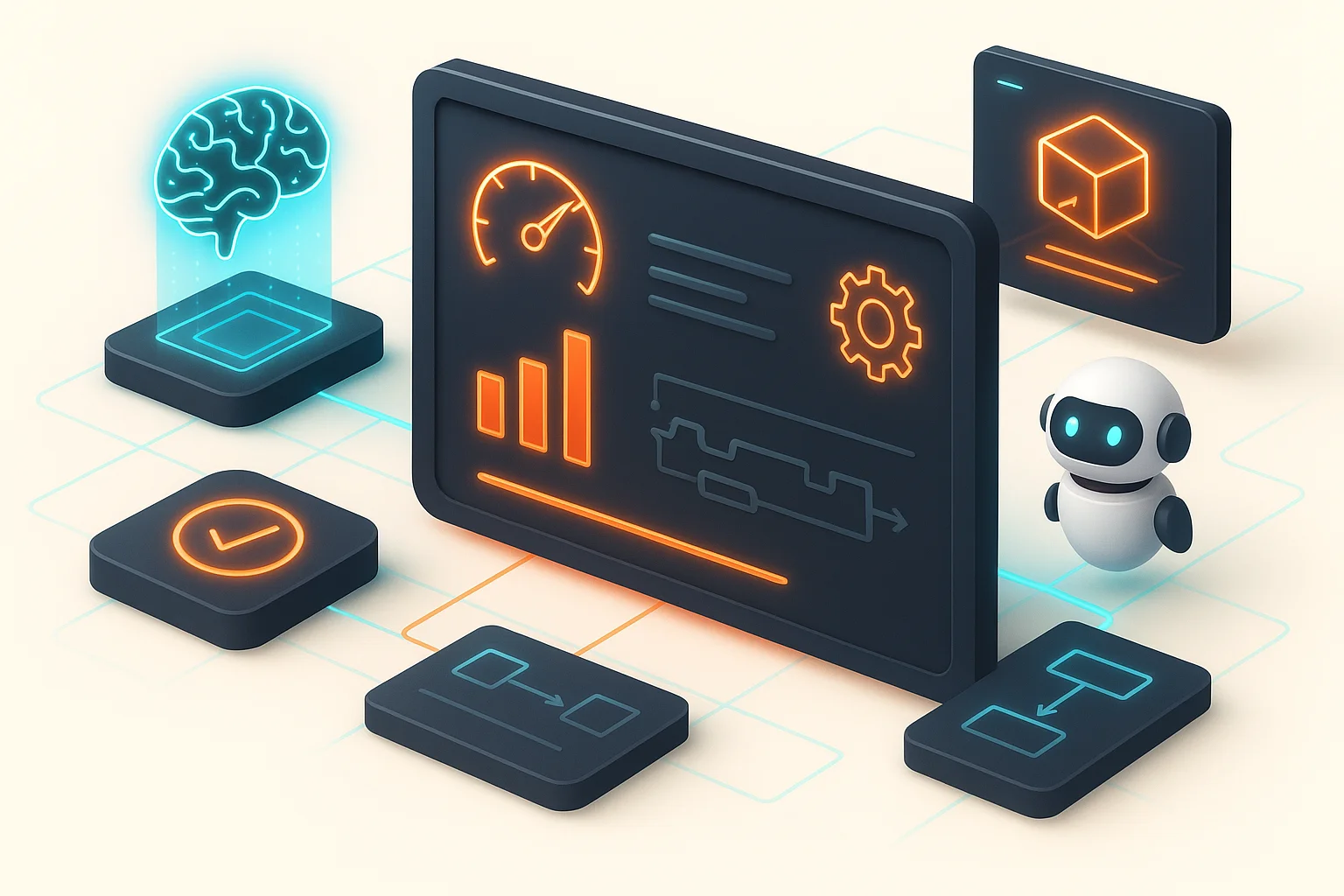Top 10 Productivity Tools for Developers

Developer productivity is crucial for delivering high-quality software efficiently. These 10 essential tools help developers streamline their workflow, reduce manual tasks, and focus on what matters most: writing great code.
1. VS Code - The Universal Editor
Microsoft's Visual Studio Code has become the de facto standard for many developers. With extensive extension ecosystem, built-in Git integration, intelligent IntelliSense, and excellent debugging capabilities, it's a productivity powerhouse.
2. GitHub Copilot - AI Pair Programming
AI-powered code completion that understands context and generates meaningful code suggestions. Dramatically speeds up development while helping developers learn new patterns and frameworks.
3. Docker - Containerization Made Easy
Eliminates "works on my machine" problems by providing consistent development environments. Simplifies deployment and scaling while improving development workflow reliability.
4. Postman - API Development & Testing
Essential for API development and testing. Provides collaboration features, automated testing, and comprehensive documentation generation for API workflows.
5. Notion - All-in-One Workspace
Combines note-taking, project management, and documentation in one platform. Perfect for organizing thoughts, tracking progress, and maintaining project documentation.
6. Figma - Design Collaboration
Bridges the gap between designers and developers with real-time collaboration, design systems, and developer-friendly features like CSS export and design tokens.
7. Slack - Team Communication
Streamlines team communication with organized channels, integrations with development tools, and efficient async communication that reduces meeting overhead.
8. JetBrains IDEs - Language-Specific Power
IntelliJ IDEA, PyCharm, and other JetBrains IDEs provide deep language-specific features, excellent refactoring tools, and comprehensive debugging capabilities.
9. Terminal/Command Line Tools
Modern terminals like iTerm2, Windows Terminal, or Hyper with tools like oh-my-zsh, fzf, and ripgrep dramatically improve command-line productivity and efficiency.
10. Time Tracking Tools (RescueTime/Toggl)
Understanding where time goes is crucial for improving productivity. These tools provide insights into work patterns and help identify productivity bottlenecks.
Maximizing Tool Effectiveness
The key to productivity isn't just having the right tools—it's using them effectively. Invest time in learning keyboard shortcuts, customizing workflows, and automating repetitive tasks to get the most value from your tool stack.
Ready to Transform Your Code Review Process?
See how Propel's AI-powered code review helps engineering teams ship better code faster with intelligent analysis and actionable feedback.
